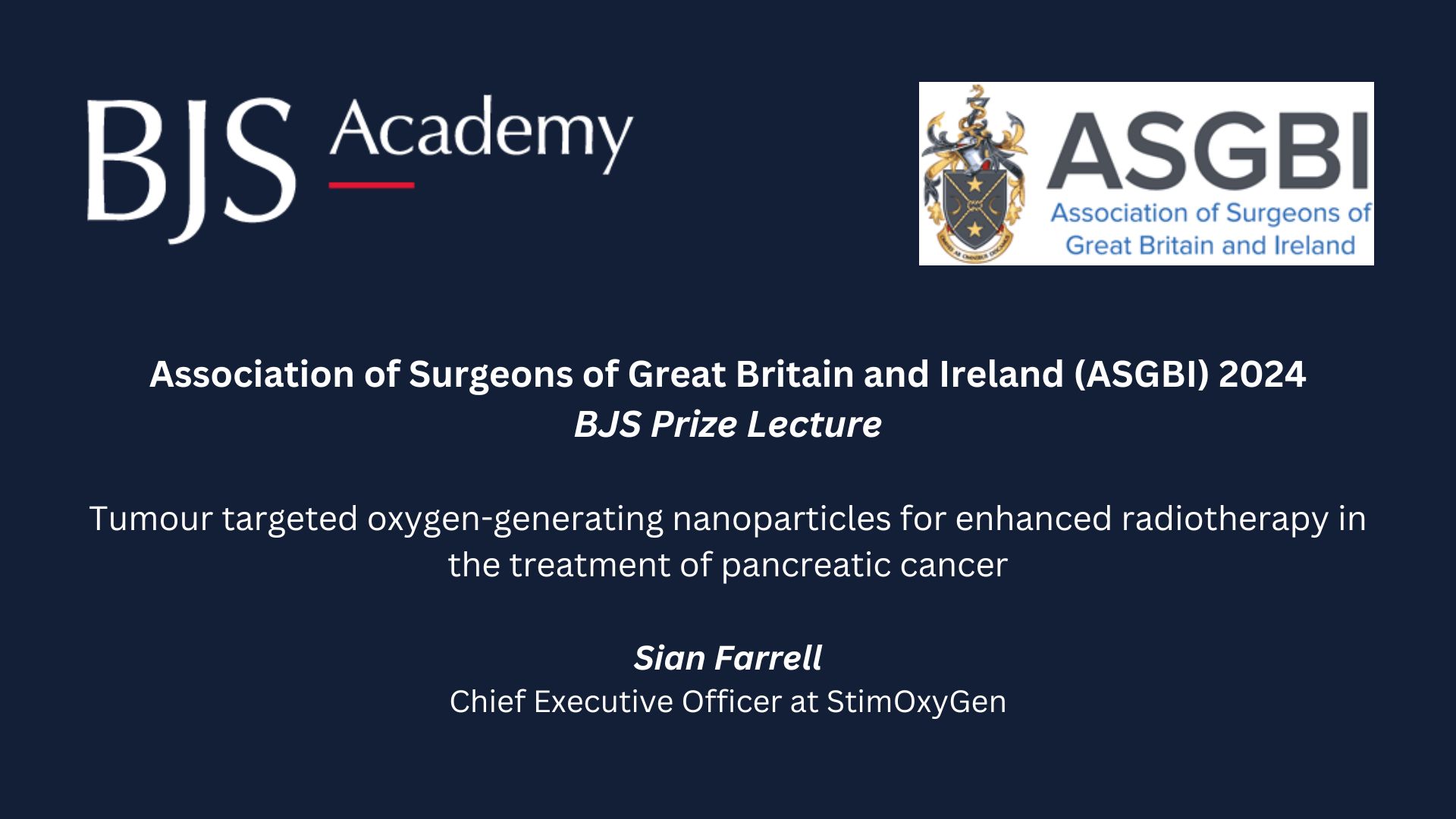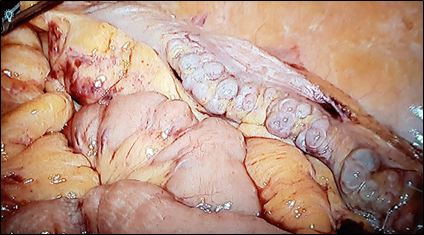BJS Academy>Continuing surgical ...>Image guided ablatio...
Surgical digest
Image-guided ablation for liver tumours – an addition to the armamentarium of multidisciplinary oncological and surgical approaches
Petter Frühling MD, PhD
Department of Surgery Uppsala University Hospital; Department of Surgical Sciences Uppsala University Uppsala Sweden
Barbara Seeliger, MD, PhD
Institute of Image-Guided Surgery IHU-Strasbourg; Department of Digestive and Endocrine Surgery University Hospitals of Strasbourg; ICube, UMR 7357 CNRS University of Strasbourg; IRCAD Research Institute Against Digestive Cancer Strasbourg France
Ana Karla Uribe Rivera, MD
Institute of Image-Guided Surgery IHU-Strasbourg Strasbourg France
Jacob Freedman, MD, PhD
Department of surgery and urology Danderyd University Hospital; Karolinska Institutet at Danderyd University Hospital Stockholm Sweden
Mariano Giménez, MD, PhD
Institute of Image-Guided Surgery IHU-Strasbourg Strasbourg France; DAICIM Foundation; Minimally Invasive and General Surgery University of Buenos Aires Buenos Aires Argentina
Related articles

Biomarkers for pancreatic cancer: going beyond the impossible?
Daniel Ansari, Roland Andersson
Despite major advances in modern medicine, pancreatic cancer remains for the most part a death sentence. If we are to change the trajectory of pancreatic cancer, early diagnosis is probably the most effective tool at hand. Patients diagnosed with pancreatic cancer at an early stage have the best chance of curative treatment and long-term survival. For example, localized cancer confined to the pancreas has a 5-year survival rate of 42%1. Once the disease has spread to regional structures or lymph nodes, the 5-year survival drops to 14% and only 3% of those diagnosed with distant metastases survive beyond 5 years. However, developing early detection methods for pancreatic cancer remains an elusive task and still today, only around 13% of patients have their tumour detected at a localized stage. The striking difference in survival between early- and late stage tumours has spawned decades-long efforts to find biomarkers that will enable earlier detection of pancreatic cancer. The US National Institutes of Health (NIH) defines a biomarker as “a characteristic that is objectively measured and evaluated as an indicator of normal biological processes, pathogenic processes, or pharmacologic responses to a therapeutic intervention.”2 Carbohydrate antigen 19-9 (CA 19-9), discovered in 19793, is the only FDA-approved serum biomarker for pancreatic cancer. CA 19-9 has a sensitivity of 79-81% and specificity of 82-90%4. However, CA 19-9 has a limited sensitivity in early-stage disease. False positive values may occur in patients with benign biliary obstruction and several inflammatory conditions in the pancreas and hepatobiliary system. Furthermore, approximately 5-10% of the general population are Lewis antigen negative and lack the enzyme necessary to produce CA 19-9, leading to potentially false negative results. For these reasons, CA 19-9 cannot be used for screening purposes and the indication is mainly restricted to treatment monitoring. The recent revolution in genomic, transcriptomic, proteomic and metabolomic technologies have contributed to the discovery of thousands of potential biomarker candidates for pancreatic cancer. These biomarkers are measurable in blood as liquid biopsies and have been evaluated either as single markers or as multimarker combinations, including protein panels5, 6, metabolites7, autoantibodies to tumour antigens8, 9, exosomes10, microRNAs11, nucleosomes12, circulating tumour cells13 and circulating tumour DNA14-16. Despite initial promise, no investigational biomarker has yet entered routine clinical practice. The question remains: Why do so many initially promising biomarkers fail to reach the clinic?

2024 ASGBI BJS Prize: Tumour targeted oxygen-generating nanoparticles for enhanced radiotherapy in the treatment of pancreatic cancer
Sian Farrell presents her BJS Prize winning lecture “Tumour targeted oxygen-generating nanoparticles for enhanced radiotherapy in the treatment of pancreatic cancer” from the 2024 Association of Surgeons of Great Britain and Ireland (ASGBI) International Surgical Congress.

Can recurrent diverticulitis be predicted?
Lucia Sobrinoa, Marta Climent, Clara Santanach, Sebastiano Biondo
Diverticular disease is a common disorder, and recent guidelines report on new treatment strategies such as non-antibiotic management. Patients with diverticular disease are increasingly being treated as outpatients. In addition, fewer patients are undergoing emergency surgery whereas there is an increase in the use of elective and laparoscopic surgery in the management of diverticulitis. However, several aspects are still controversial. Strong evidence still lacks for the therapeutic management of patients with recurrent episodes of acute diverticulitis or patients with persistent abdominal symptoms after acute attacks. The European Society of Coloproctology (ESCP) guideline committee reviewed the literature and developed the European guidelines for the management of diverticular disease of the colon in 2020. In spite of the existence of several different classifications for diverticulitis, the committee decided neither to create another classification nor to endorse any of the existing ones. Nevertheless, phlegmonous diverticulitis, considered as uncomplicated by most of the classifications, is a matter of concern since it includes about 70% of the patients with acute diverticulitis. This group of patients may be clinically heterogeneous in terms of characteristics or disease evolution, which in some cases might be complicated. Patients at risk that belong to initially uncomplicated stage need to be identified in order to prevent complications and receive the most appropriate medical/surgical treatment. Classically, colonic resection after the second episode of acute diverticulitis has been supported, since any following episodes will respond insufficiently to medical treatment and with higher morbidity and mortality2. Recently, it was reported that 6.8-27.7%3,4 of patients with acute diverticulitis treated conservatively may require surgical intervention due to complicated diverticulitis or persistent symptoms, most of them during the first year of follow-up. In addition, elective sigmoidectomy seems to be related with a better quality of life (QOL) compared with conservative management in patients with recurring diverticulitis and/or ongoing complaints5,6. Nowadays, the main reason to perform elective sigmoid colectomy (Fig 1) in patients with recurrent disease or with ongoing symptoms after an acute episode of diverticulitis is to improve their QOL. In fact, there are many patients in whom initial antibiotic treatment fails, leading to sub-acute / chronic diverticulitis. In these patients the differentiation between sub-acute ongoing diverticulitis which never resolved, i.e. persisting disease, and a true recurrence is very difficult7. Chronic diverticulitis (Fig 1), considered as a true condition for the first time by the ESCP group, occurs when there is colonic wall thickening or chronic inflammation of the mucosa1. It can appear when an acute diverticulitis does not resolve completely, and it can have an important impact on QOL of the patients, causing persistent abdominal symptoms (abdominal pain, bloating) and changes in bowel habit. However, the uncertainty of the evolution of the disease and the lack of clear signs to identify which patients will develop a chronic condition, make the selection of patients and the best moment to advise surgical resection difficult. Colonic resection has been shown to effectively reduce the number of recurrences, but it should be kept in mind that it is a major surgery with potential severe complications1. The distinction between Irritable Bowel Syndrome (IBS) and symptoms related to chronic diverticulitis after an episode of diverticulitis is of utmost importance, because IBS is a functional disorder and should not be treated surgically8. Endoscopy could help in those cases where differential diagnosis is difficult5. It should be noted that after sigmoidectomy, 25% of patients persist with functional symptoms and abdominal pain9.
Copied!
